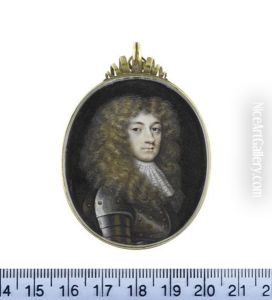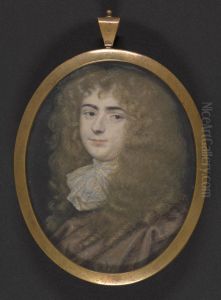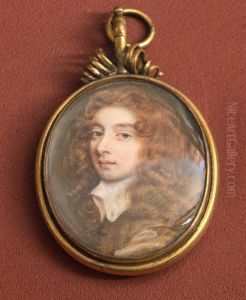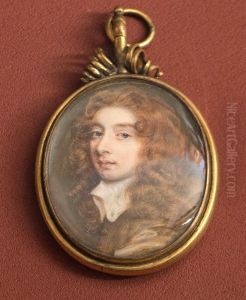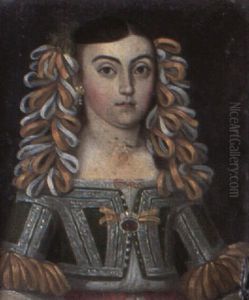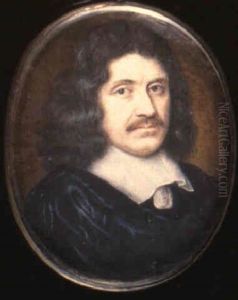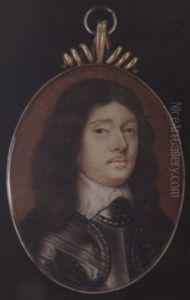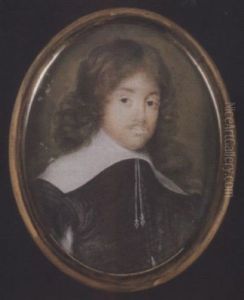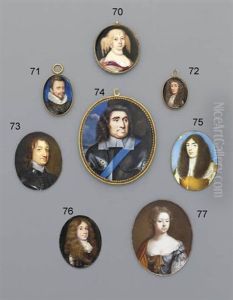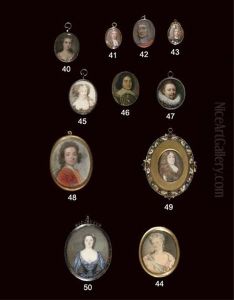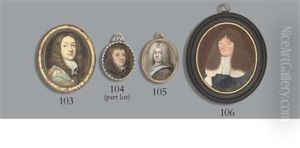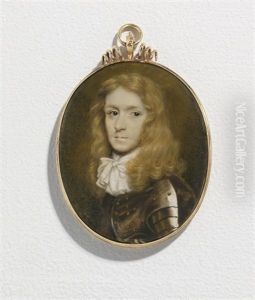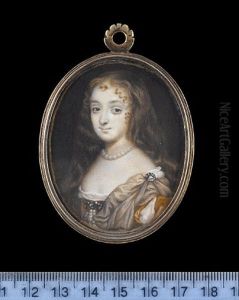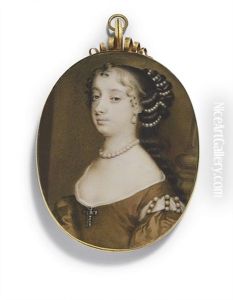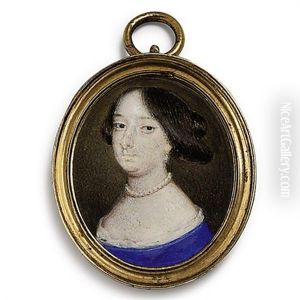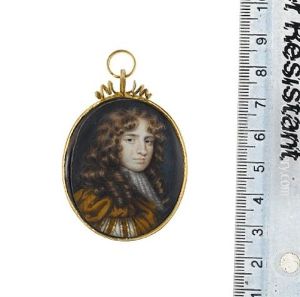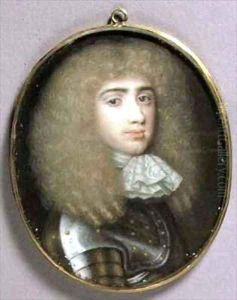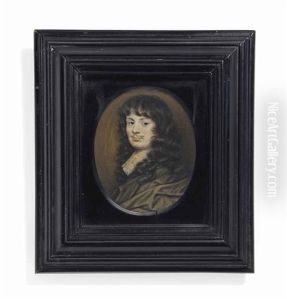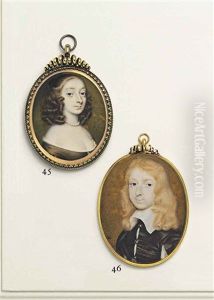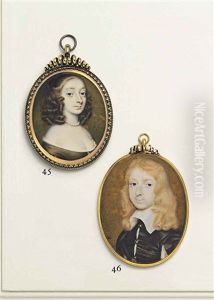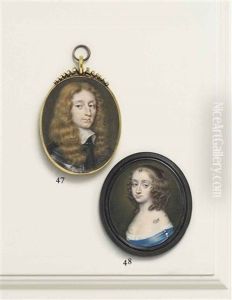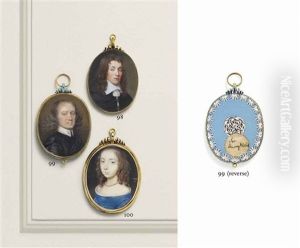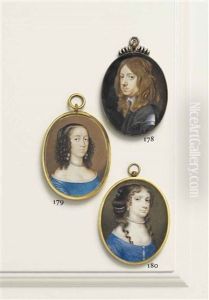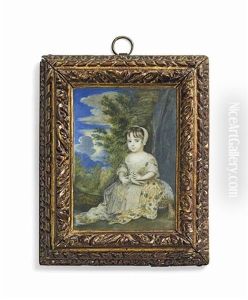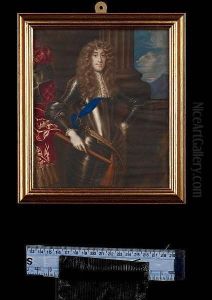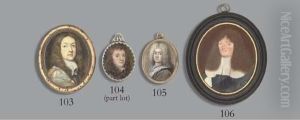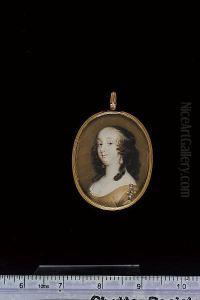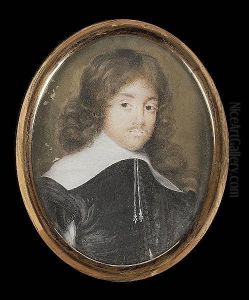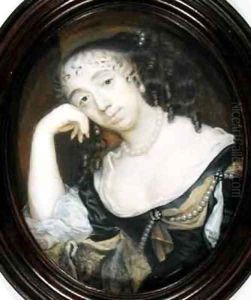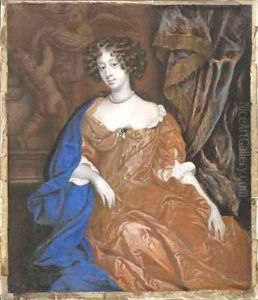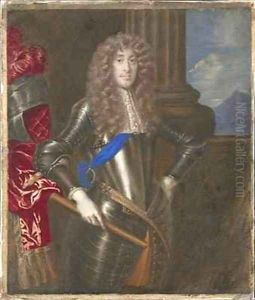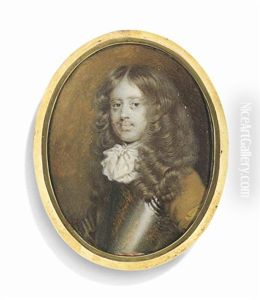Richard (Dwarf Gibson) Gibson Paintings
Richard Gibson, often referred to as Dwarf Gibson due to his stature, was an English painter of miniatures and court dwarf during the 17th century. Born in 1615, Gibson developed his artistic skills at a young age despite the challenge of being a person of short stature, which at the time was a condition that could relegate an individual to the margins of society. However, Gibson's talent and determination allowed him to rise above these societal limitations.
Gibson became a page to a lady of the court, which gave him the opportunity to be in the environment of the royal court, where his artistic talent was recognized and fostered. He was eventually taken under the wing of the renowned miniature painter, Sir Peter Lely, who was the Principal Painter to Charles I. Under Lely's tutelage, Gibson honed his skills and became an accomplished painter in his own right. His works were primarily portrait miniatures, a popular form of art at the time, which were highly valued for their intricacy and the skill required to create them.
Throughout his career, Richard Gibson was patronized by members of the royal family and the aristocracy. He became known not only for his artistic abilities but also for his intelligent conversation and good company. Gibson's prominence in court circles was such that he served as drawing master to the children of Charles I. Moreover, his marriage to another person of short stature, Anne Shepherd, who was also a painter, became something of a court spectacle when it was arranged by the Queen, Henrietta Maria.
After the turmoil of the English Civil War and the establishment of the Commonwealth under Oliver Cromwell, Gibson's royal patrons were no longer in power. Still, he managed to maintain a successful practice. With the restoration of the monarchy in 1660, Gibson's fortunes rose again, and he found renewed patronage under Charles II.
Richard Gibson's works are characterized by their delicate execution and the ability to capture the likeness and character of his sitters. Despite his physical limitations, Gibson's artistry was such that he was referred to as the 'dwarf painter' by Samuel Pepys in his famous diaries. Richard Gibson's life and work are notable not only for his artistic achievements but also for the way he navigated the complexities of court life and society of his time.
Gibson died in 1690, leaving behind a legacy as one of the leading miniaturists of the English Baroque period. His works remain of interest to art historians and collectors, and his life story continues to be an inspiring example of overcoming adversity through talent and perseverance.
